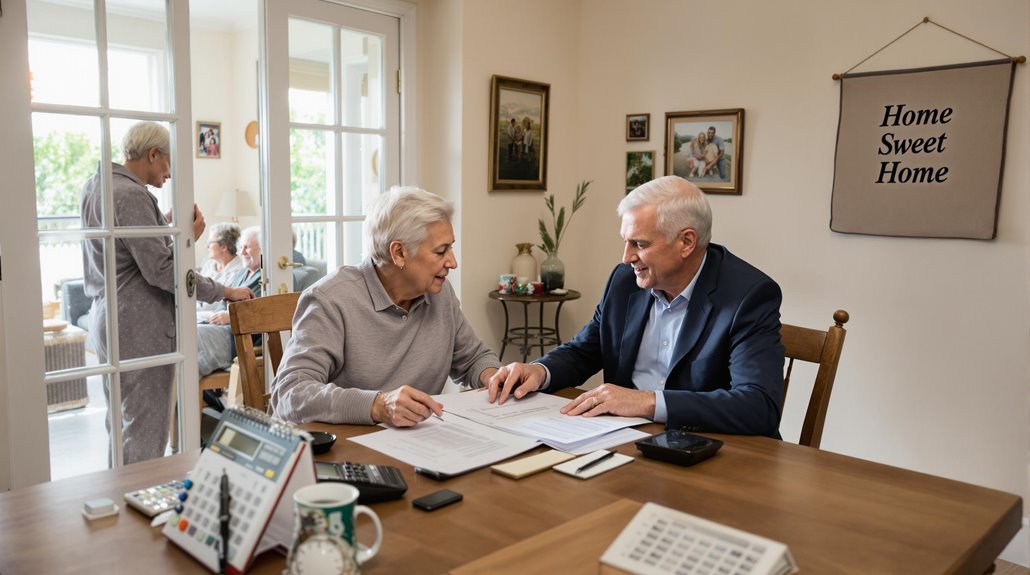Protecting a home from Medicaid spend-down rules requires careful planning and understanding of complex regulations that vary by state. Many homeowners face the challenge of preserving their primary residence while qualifying for essential medical care coverage. The process involves strategic decisions about home modifications, documentation of medical expenses, and navigation of state-specific guidelines. Those who take proactive steps to understand and implement protective measures can considerably improve their chances of retaining their home equity.
Key Takeaways
- Verify your state’s home equity exemption limits, as many states protect primary residences up to specific thresholds for Medicaid eligibility.
- Document medically necessary home modifications with physician prescriptions to qualify them as exempt medical expenses for Medicaid.
- Install qualifying medical equipment and accessibility features like wheelchair ramps or grab bars to reduce countable assets.
- Explore HCBS waivers and state-specific Medicaid programs that offer additional protections for maintaining home ownership.
- Maintain detailed records of all medical-related home improvements, including contractor invoices and physician statements for spend-down compliance.
Understanding Medicaid Spend-Down Requirements for Homeowners

While maneuvering through Medicaid’s complex regulations can seem intimidating, homeowners must first grasp the fundamental spend-down requirements that determine their eligibility for benefits.
Primary residences typically enjoy substantial spend down exemptions, with state-specific equity limits protecting homes as non-countable assets. For instance, New York allows protection up to $1,071,000 in home equity, provided the property serves as the applicant’s principal residence.
Understanding asset protection strategies becomes essential when home equity exceeds these limits, as the excess becomes subject to spend-down rules. Homeowners must carefully document their property’s value through proper appraisals and maintain records of any qualifying medical expenses used to reduce countable assets to meet Medicaid’s eligibility thresholds.
Essential Home Modifications That Qualify as Medical Expenses
Although maneuvering through Medicaid’s spend-down requirements presents challenges, homeowners can strategically leverage qualifying home modifications as legitimate medical expenses to preserve their assets.
Several accessible renovations qualify as medical deductions when prescribed by a physician, including wheelchair ramps, widened doorways, and bathroom grab bars. These modifications must directly address specific medical conditions such as cerebral palsy, multiple sclerosis, or spinal cord injuries.
Medical deductions for home accessibility modifications require physician documentation and must address specific diagnosed conditions like multiple sclerosis or spinal injuries.
To guarantee compliance with IRS regulations, homeowners should maintain detailed documentation, including medical certifications and expense records.
It’s important to note that while necessary modifications are deductible, improvements that increase home value, such as elevators or structural expansions, do not qualify. The deduction amount equals the cost of modifications minus any resulting increase in property value.
Strategic Planning for In-Home Care Services

Strategic planning for in-home care services represents one of the most essential aspects of managing Medicaid spend-down requirements effectively.
Through careful financial planning, families can allocate resources to maximize the quality and sustainability of in-home care while maintaining Medicaid eligibility. This includes directing excess income toward qualified healthcare expenses, such as medical supplies, transportation to appointments, and caregiver support services.
A well-structured approach involves utilizing HCBS waivers, prioritizing essential medical expenditures, and supporting family caregivers through respite care and wellness programs.
Families should focus on depleting excess income first through qualified in-home care expenses, while converting non-exempt assets into allowable categories.
Consulting with Medicaid specialists guarantees compliance with state-specific regulations and helps prevent eligibility issues.
Documenting Home-Related Medical Expenditures
Proper documentation of home-related medical expenditures serves as an essential foundation for protecting assets during Medicaid spend-down periods. Effective record keeping involves maintaining detailed files of structural modifications, medical equipment installations, and related maintenance costs.
Careful expense categorization helps distinguish qualified medical improvements from regular home repairs, ensuring compliance with state-specific Medicaid requirements. Homeowners should preserve contractor invoices, building permits, and physician statements that validate the medical necessity of modifications like wheelchair ramps or bathroom adaptations.
Documentation must include proof of payment through bank statements or receipts, while tracking outstanding medical bills within the allowable timeframe. By organizing these records chronologically and excluding non-qualified expenses such as routine maintenance or cosmetic updates, families can accurately demonstrate their qualifying medical expenditures for Medicaid consideration.
State-Specific Guidelines for Home Protection

Because Medicaid regulations vary markedly across the United States, homeowners must understand their state’s specific guidelines for protecting primary residences during the spend-down process.
State regulations governing home exemptions differ considerably in equity limits, transfer policies, and protection strategies.
Key variations in state-specific home protection guidelines include:
- Missouri and Arkansas allow home retention under certain Medicaid waiver programs, offering enhanced protection for primary residences.
- States with higher equity thresholds of $1.097M provide greater flexibility in avoiding spend-down calculations.
- Documentation requirements vary by state, with some jurisdictions requiring extensive proof of qualifying support for caretaker child transfers.
Understanding these state-specific nuances enables families to develop appropriate strategies for preserving their homes while maintaining Medicaid eligibility, particularly when caring for disabled or dependent family members.
Legal Methods to Preserve Home Equity
Homeowners seeking Medicaid benefits can employ several legal methods to protect their home equity while maintaining program eligibility.
Through carefully structured legal trusts, individuals can transfer home ownership while retaining control over the property and exempting assets from Medicaid calculations. Irrevocable trusts and special needs trusts offer particularly effective solutions for preserving home value.
Asset conversion strategies provide additional protection options, including the strategic use of reverse mortgages or home equity lines to transform equity into exempt liquid assets.
Homeowners may also invest in qualified home improvements or purchase exempt resources to reduce countable assets.
These methods, when properly executed under state guidelines and lookback period considerations, help families preserve their hard-earned home equity while accessing necessary Medicaid benefits.
Working With Family Caregivers Under Medicaid Rules

Beyond protecting home equity, families must understand how to navigate Medicaid rules when providing care for their loved ones.
When establishing family caregiver responsibilities, several key factors determine eligibility for payment and participation in structured caregiving programs.
- Caregivers and recipients must typically share a residence, with specific documentation requirements proving their familial relationship through birth certificates or marriage licenses.
- Caregiver payment options vary by state, with some allowing spousal compensation while others restrict it to adult children, grandchildren, or other relatives.
- States may require background checks, training certifications, and proper documentation of care activities to maintain program compliance.
Understanding these requirements helps families establish legitimate caregiving arrangements while avoiding potential Medicaid clawbacks or penalties that could affect their loved one’s benefits.
Bottom Line
Protecting a home from Medicaid spend-down rules requires careful planning, thorough documentation, and understanding of state-specific regulations. Homeowners who implement strategic modifications, maintain detailed records, and work closely with Medicaid specialists can navigate these complex requirements effectively. By combining qualified home improvements with proper legal planning and family caregiver arrangements, individuals can preserve their residential assets while meeting Medicaid eligibility criteria.




